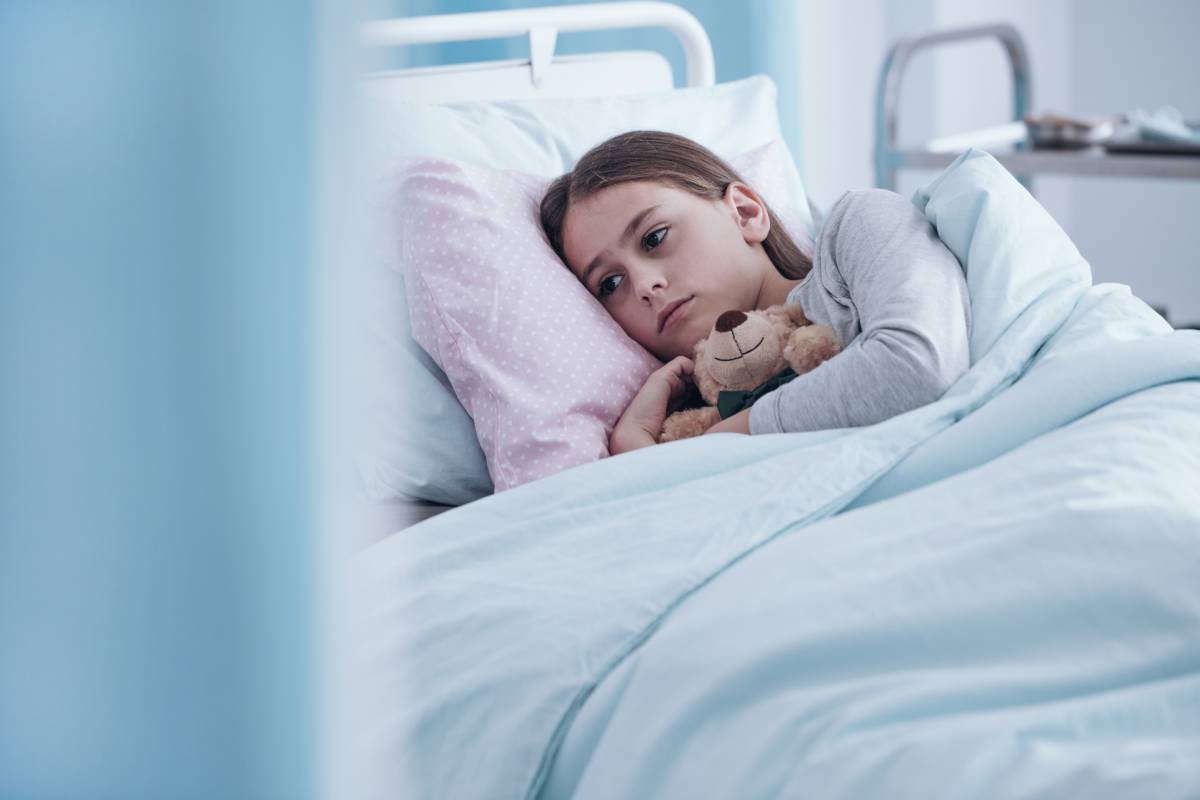Chronic pain is defined by “pain lasting longer than the expected period of healing,” and most clinicians consider pain to be chronic when symptoms last for at least 3 months1. Pediatric chronic pain is an expensive pathology, costing about $19.5 billion each year in the US1. It can also be a risk factor for pain pathologies later in life; about 17% of patients with a pain disorder had a history of pediatric chronic pain, and about 80% of those patients reported that the pain they were currently experiencing was a continuation of their childhood pain1. And while a pediatric history of pain does not seem to be a predictor of pain severity in adults, it is linked with higher incidences of depression, anxiety, lower self-efficacy and negative life experiences1.
According to a 2016 article in Children, the most common pediatric pain disorders are typically primary pain disorders, such as headaches, abdominal pain, joint/musculoskeletal pain, and conversion disorder. Headaches are typically caused by tension-type headaches, migraines and medication overuse, though certain warning signs, such as focal or abnormal neurological signs, papilledema, and onset at less than 3 years of age, would warrant further workup1. In a medication overuse headache, typically caused by analgesics in pediatric patients, the causative medication would be quickly stopped3.
Centrally mediated abdominal pain, such as in irritable bowel syndrome, occurs most commonly in adolescents and is often associated with diffuse hyperplagia, an increased risk of chronic primary pain disorder, and in women, a long-term increased sensitivity to pain1. In terms of musculoskeletal and joint pain, back pain is most common in pediatric patients, and is highly associated with mental health problems such as depression and anxiety. Pediatric back pain is more common in girls than boys, and widespread musculoskeletal pain is the pediatric equivalent of a fibromyalgia diagnosis1. Conversion disorder, where the patient presents with symptoms of numbness, paralysis, and blindness without any observable, pathological cause, is a relatively rare cause of pediatric pain1. These patients experience sudden onset of symptoms and typically have a history of psychological problems that seem to disappear with the onset of physical symptoms1.
There are two overarching types of treatment: interdisciplinary rehabilitation involving biopsychosocial approaches to healing and pharmacological treatment. The rehabilitation program at the pediatric pain clinic in Minnesota that was considered in Friedrichsdorf et al. (2016) consisted of physical therapy and exercise to help patients regain mobility with less pain, active mind-body techniques that allow patients to reframe their mindset around their pain and promote healthy activities, therapy to manage the psychological symptoms that occur with chronic pain, and actively ensuring that the children live as normally as possible with their condition by involving them in sports, socialization, and school and by getting adequate sleep1. Rehabilitation also involves coaching parents on how best to support their children with pain disorders, teaching them to reframe their perspectives around pain and disability to be positive so that their children will look at their conditions the same way1. This type of therapy works not only for children with primary pain disorders but also for children experiencing neuropathic pain from cancer treatment2.
Medications are also an option to manage pain; NSAIDs are commonly used in conjunction with behavioral therapies and adjunct medications such as low-dose cyclic antidepressants and gabapentin1. Opioids are typically not indicated for pediatric patients but can be considered for long-term, extremely severe conditions such as osteogenesis imperfecta, advanced osteosarcomas, and junctional epidermolysis bullosa1.
Pediatric chronic pain disorders can greatly influence quality of life and health status in children, while also being predictive of future health problems. This is an important aspect of clinical care that should be recognized and treated with appropriate interventions.
References
- Friedrichsdorf SJ, Giordano J, Dakoji KD, Warmuth A, Daughtry C, and Schulz CA: Chronic Pain in Children and Adolescents: Diagnosis and Treatment of Primary Pain Disorders in the Head, Abdomen, Muscles and Joints. Children 2016; 3(4). doi:10.3390/children3040042
- Friedrichsdorf SJ, Nugent AP: Management of neuropathic pain in children with cancer. Current Opinion in Supportive and Palliative Care 2013; 7(2): 131-138. doi:10.1097/SPC.0b013e3283615ebe
- Sun-Edelstein C, Bigal ME, Rapoport AM. Chronic migraine and medication overuse headache: Clarifying the current international headache society classification criteria. Cephalalgia International Journal of Headache 2009; 29:445–452. doi:10.1111/j.1468-2982.2008.01753
